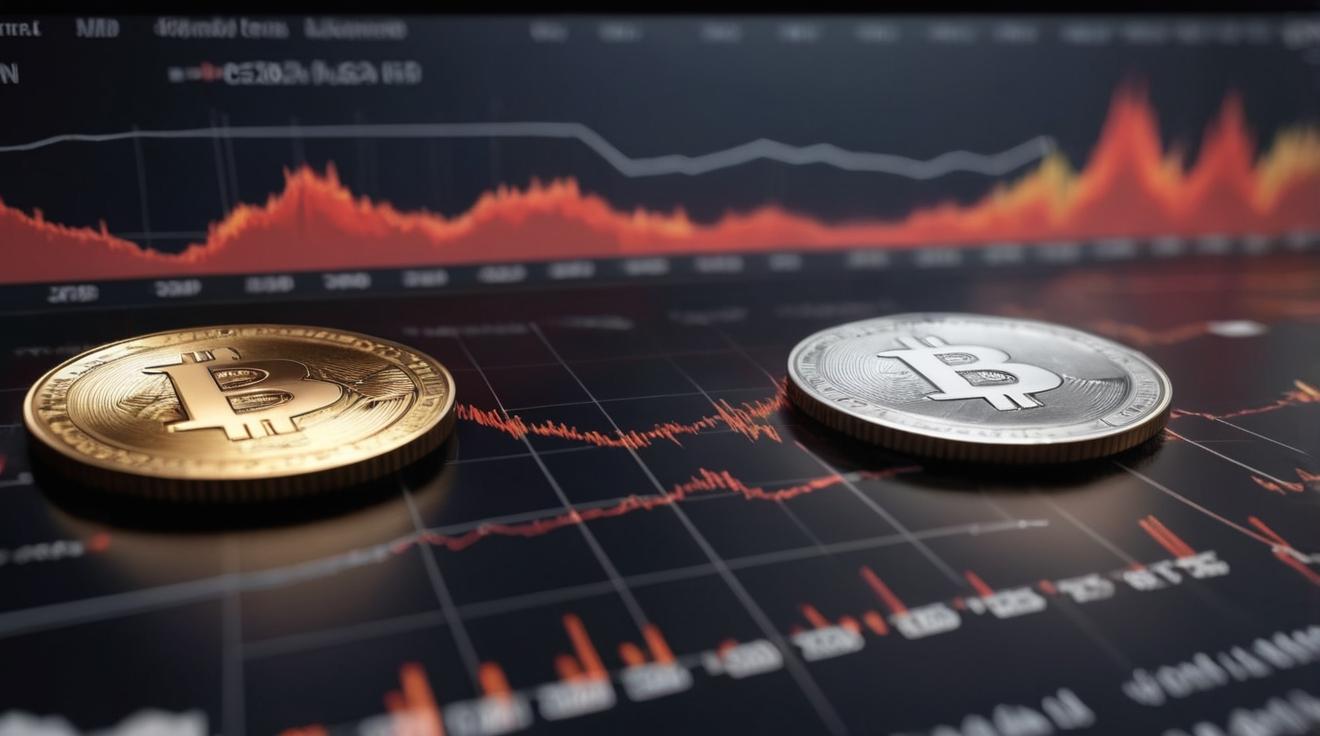Dollar Trends and Fed's Potential Interest Rate Cuts
The U.S. dollar saw a resurgence, rebounding from a 13-month low against the euro on Thursday. This movement anticipates Federal Reserve Chair Jerome Powell's upcoming speech. The dollar's recent dip was largely attributed to concerns about a weakening U.S. economy and speculations that the Federal Reserve might soon cut interest rates. Market analysts are debating whether this potential rate cut will be by 25 or 50 basis points in the September meeting.
July's employment report, which revealed fewer job gains than expected and a surprising rise in the unemployment rate, initially increased the likelihood of a 50 basis point cut. However, as additional data has since pointed to stronger economic growth, the pricing for such a significant cut has diminished. According to Brad Bechtel, global head of FX at Jefferies in New York, "The dollar has been under a lot of pressure recently but it's now oversold."
Impact of Global Economic Movements
A major factor influencing the dollar's recent volatility was the unwinding of carry trades, where traders borrow in yen to fund U.S. assets. This added to the market unrest following the payroll report, making extreme rate cut pricing seem more plausible. Current market speculations place a 25% probability on a 50 basis point cut in September, down from 38% earlier. Meanwhile, the likelihood of a 25 basis point cut remains at 75%, as per CME Group's FedWatch Tool.
Market participants eagerly await Powell's remarks at the Kansas City Fed’s Jackson Hole symposium, hoping for clues on the size of the impending September rate cut and potential future cuts. However, Powell might withhold detailed insights, given that key jobs and inflation data are yet to be released before the Fed's mid-September meeting.
Comparative Currency Performance
In contrast to the dollar's bounce, the euro, which had reached highs since July 2023, fell by 0.36% to $1.111. The euro's recent strength was buoyed by unexpectedly robust eurozone business activity in August, despite rising prices.
The British pound, or sterling, hit a 13-month high against the dollar following reports of accelerated business activity in the UK and eased cost pressures, reaching $1.3130 at one point. Meanwhile, the dollar gained 0.65% against the Japanese yen, reaching 146.2 yen.
Global Economic Outlook
Europe and the UK continue to face economic challenges, with expectations of rate cuts from their respective central banks. Bechtel suggests the dollar's relative weakness may be overstated, as there's no strong basis for significant outperformance by the euro or British pound. "At the end of the day," he notes, "the Fed, the European Central Bank, and the Bank of England are likely to be aligned in their easing cycles."
In cryptocurrency markets, Bitcoin dropped by 1.43% to $60,370, reflecting broader market trends and investor sentiment. The global economic landscape continues to shift, with central banks across major economies navigating their monetary policies in response to economic indicators.













